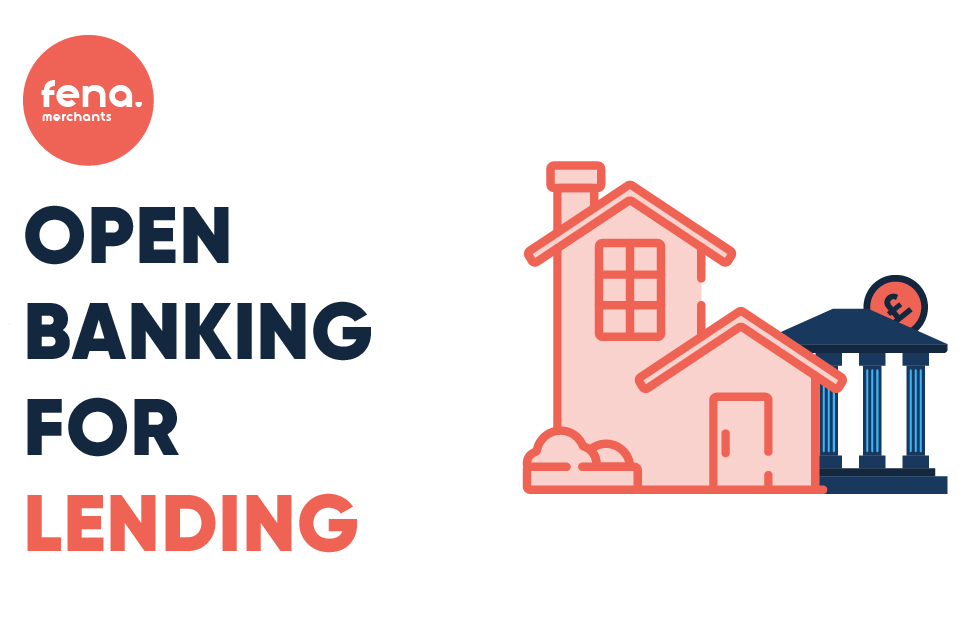Open Banking for Lending
by Gosia Furmanik on December 01, 2021

Open banking promises to bring major, and beneficial, changes within the banking and payments ecosystem. Open banking is the result of new regulations in the UK and Europe designed to increase innovation and increase competition within the banking and payments space. Banks must provide free APIs (Application Programming Interfaces) to regulated third parties. These APIs allow these Trusted Third Parties (TTPs) to initiate payments on behalf of customers, and to securely access and exchange data. This has led to a whole raft of new innovations and subsequent benefits, from instant account top-ups on investment platforms to aggregation of financial information into one app, which have reduced costs to businesses and helped consumers improve their financial decision making.
Open banking is also helping with lending. Lending can take many forms and on any scale, from letting a friend borrow £20 for a meal, to a mortgage for your house, a business loaning millions of pounds to finance expansion, or even governments borrowing billions through the issuing of bonds. Most loans will have set terms laid out, such as the repayment period and interest payable. The act of lending is vital for economic growth and also economic stability. Whilst lending can stimulate economic growth as individuals can spend more and business hire, expand and increase revenues, governments (through Central Banks) can keep inflation and deflation in check by adjusting interest rates, which in turn either promote greater investment, or saving.
Open banking’s role in lending
Open banking, and the accompanying access to financial data previously restricted to the customer’s bank, has opened up a number of opportunities for lenders, enabling them to make better, more informed lending decisions, automate lengthy manual processes and enable faster payments to borrowers. Some of these use cases and the benefits include:
Borrowers financial data can be aggregated and lenders can see both past and current transactions, spending patterns and financial standing. This means, in conjunction with existing tools like credit rating, the lender can more accurately assess the borrowers creditworthiness and their suitability for a loan, providing a more reliable risk assessment
Aggregated data and prepopulating information from other banks speeds up the KYC (Know Your Customer) process for the customer, who no longer has to manually enter large amounts of information, and reduces both the time and cost for compliance teams, enabling borrowers to be approved more quickly
Reduce compliance burden by using open banking APIs to enable automated affordability checks – this can be especially useful for borrowers with limited credit history
Once a loan has been approved, open banking can facilitate a much faster payout to the borrower. In conjunction with easier KYC and faster loan decisions, this improves the user experience and reduces friction
Through the data aggregated data access and analysis of the borrowers spending patterns, a more personalised offer can be provided
How fena can help
With fena, an open banking service provider, you can quickly easily integrate our open banking solutions into your existing software using our SDKs and APIs. Once implemented, you will be able to make more informed lending decisions with aggregated data and transaction information. You can also save time and money by automating KYC using our data APIs, and make instant and cost effective payouts to borrowers, so they receive their loan quicker.